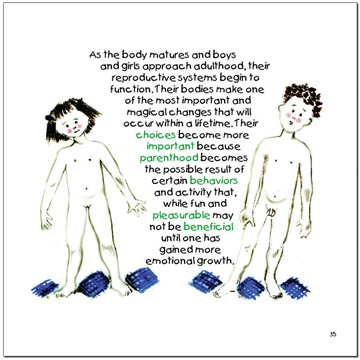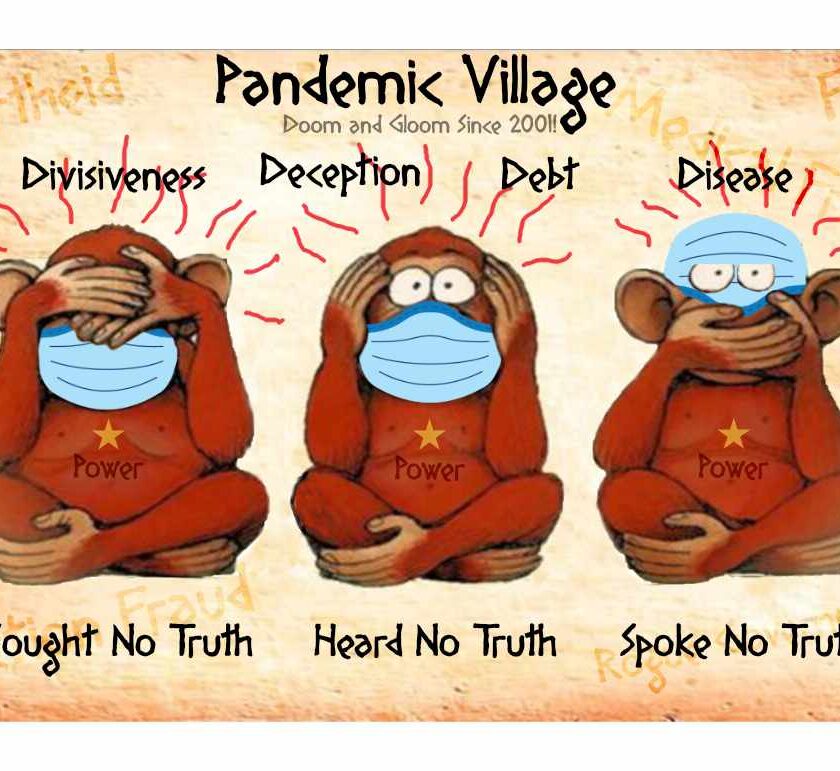[NOTE: This is the third of a 6-part essay titled, On Loving With Love, Not Fear. To read the second part, click here.]
Children as ‘Information Sponges’
Children must, of necessity, take in vast amounts of information, as part of their natural humanization process that begins at birth, and continues through their formative years into adulthood. By the time a child becomes an adult, he or she should be physically, emotionally, mentally/intelligently, and spiritually able to envisage the kind of life they want to create in their mind and heart, and then create it in time/space. However, between such factors as parental absenteeism, single parent social units, mind deadening broadcast and entertainment programming, years of consuming unnutritional foodstuffs, environmental toxicity, and adolescence itself, many children are only physically ready to be adults by the age of 21, but not emotionally, mentally, or spiritually. Inspired visions of tomorrow cannot and will not come to one whose mind is clouded, closed, and emotions unbalanced today.
So besides love, what’s the solution?
Awareness and care by adults to not teach children by instilling them with fear. Instead, teach by instilling intelligence, demonstrating open mindedness, and engaging their inclination to question the status quo, instead of criticizing it.
Forming a Healthy Sense of Identity
Children also need to have a better understanding about who and what they are. For that reason I wrote a little book titled I Am My Body, NOT! It is instructional for children, ages 4-12, informing them about the human body, but repeatedly affirming that they are not that. They are the intelligent, powerful, and eternal life that expresses itself—for a time while on earth—through the body.
During the course of the book, the external and internal systems of the human body are spotlighted. It also delves into issues of ethics, character, and responsibility, as well as death, of the body. I Am My Body, NOT! affirms that we are energy, something that has logically, scientifically and conclusively been determined cannot be destroyed. Yet, the book does not speculate on what happens after we end our earthly association with our body.
Why Do We Fear Innocence?
One of the most controversial pages of I Am My Body, NOT! features an illustration of a nude boy and girl, which was innocently and tastefully drawn by Canadian illustrator Marie Litster. The manuscript speaks of the reproductive system, and one of the most magical changes that occurs in our lifetime at puberty, when we gain the ability to bring other human life into the world. The word “sex” is never used. Instead, references are made to certain behaviors that, while pleasurable, may not be beneficial until one has gained more emotional growth. This page has sparked debate amongst some teachers and parents, not because of what was said, but what was shown. But this is another example of fear rearing its ugly head. Some of us even hesitate to look at ourselves openly, innocently, without being consumed by dark thoughts and fears.
Every human being enters the world wrapped in the “swaddling clothes” of flesh. What is sinful or “wrong” about that? Some teachers have speculated that their children will snicker when they see the page. Smiles are signs of openness. What the teacher or parent says or does next is importance. If the adult doesn’t make an issue out of it – and better yet, if the teacher laughs too, a connection will have been made to the children, who will then be more inclined to listen.
Next: Fear of Death






woo! that was deep